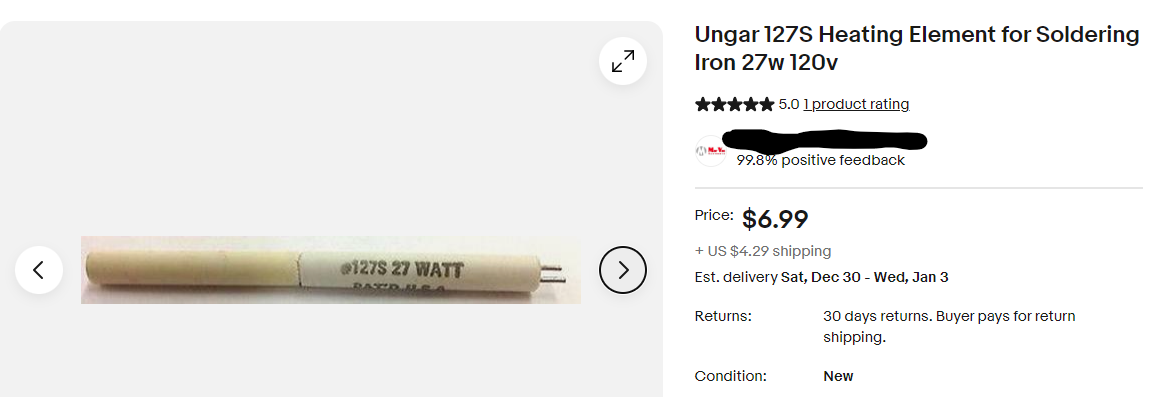I have this old Weller soldering iron that was issued to me at my first job in the early 80's. It has a lot of sentimental value to me. I was going to order some new tips and the one that is on it currently is attached very well.
What is the model? How can I disassemble it? The heating element looked okay, but there was some sort of ceramic in the metal tube that shattered as I pulled it off.
After reading some of the comments, let me clarify. I have done I lot of searching. I have found a few that look close, the difference is how the tip is attached. This one is screwed on.

I tried to back into the model based on the heating element. I found this description, Ungar 127S. According to the picture, I don't think the heating element is broken. The ceramic looks like it came out of the metal tube. The picture shows a piece still in the tube. I wonder if it has something to do with the temperature control and/or directing the heat more toward the tip.





